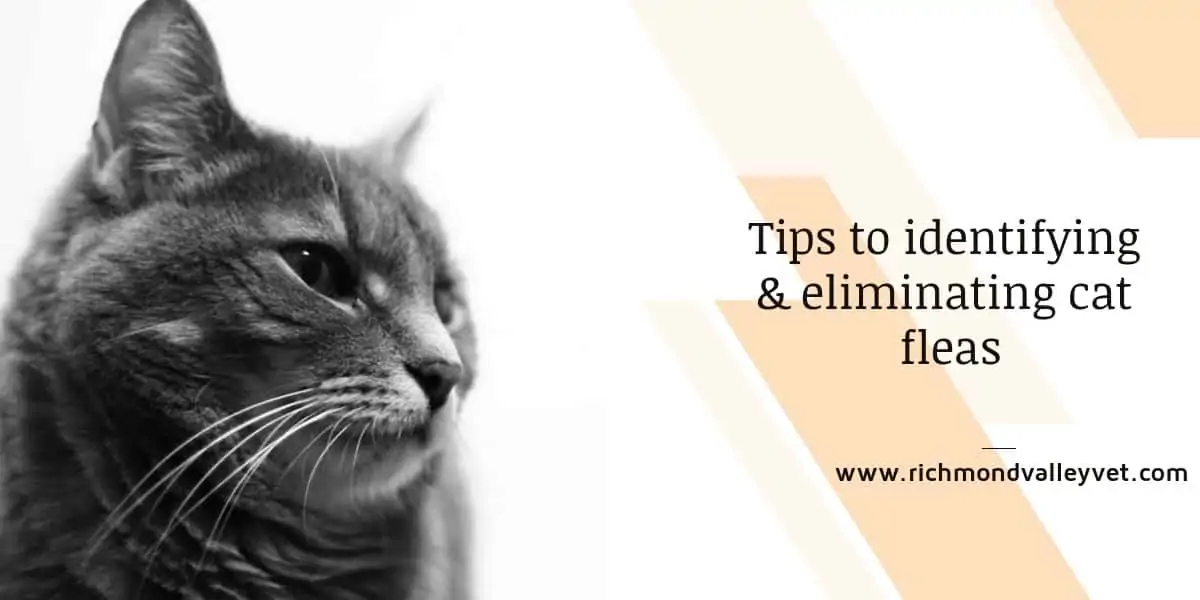Cat flea infestation is a common concern for feline owners. Fleas are hard to detect, especially if you are someone who is unable to spend considerable amount of time with your cat. Before you plan a flea treatment, it is important to confirm that your cat is infected with flea and is not scratching because of any allergic reactions.
There are different means to identify and treat cat fleas, read to learn more about some of these strategies.
Keep an eye out for symptoms
Cats infected by flea show specific symptoms. Flea bites often exhibit a majority of these symptoms. Look for the following signs to confirm flea infestation in your cat:
- Bumpy or crusty skin around the neck or back
- Skin inflammation or irritation on neck and tail base
- Regular scratching and grooming
- Increased loss of hair
- Tapeworm infested stool
Observe grooming
An ideal means to confirm cat fleas is to observe your cat’s grooming pattern. Flea bites can be irritating and can trigger an allergic reaction. If your cat seems to be engaged in excessive grooming, especially if she seems to be scratching her face more than before, there is a good chance that she is infected by fleas.
Bear in mind that your cat cannot get rid of fleas completely as they have the tendency to hop on and off of her body
Behavior
A flea-infested cat can exhibit different behavior or preferences. For instance, she might start avoiding her favorite resting spot or room. She might also seem restless with increased growling and head wobbling.
Health concerns
A flea-infested cat can also exhibit alarming health issues like pale gum and extreme lethargy. The loss of blood in abundance to flea can also make your cat anemic.
Cat flea treatment options
Medication
When it comes to choosing a flea treatment, you have two options: spot on or oral tablets. The spot on flea treatments are applied directly onto the skin of your cat for better results. Consult a veterinarian for recommendations on how often you should apply the medication.
The spot on medication like cat Capstar is ideal for getting rid of adult fleas effectively and immediately. Even though you have an option to choose a flea treatment medication tailored for the dog, it is ideal to choose one that is tailored for feline because some of the dog flea treatments contain substances that are not meant for felines.
Flea collar
A flea collar can be used to vacuum up fleas from your cat’s coat. It is important to seek the advice from your veterinarian prior to choosing a flea collar as some can be harmful to your cat.
Keep your house clean
Since fleas have the tendency to hop on and off your pet, it can be hard to get rid of them completely if you focus the treatment only on your pet.
Ideally, it is important to ensure that your house is clean. Steam vacuum all the carpets and the resting spot of your cat and ensure that your house has limited clutter in terms of clothes or other debris as these offer the perfect environment for fleas to thrive.
Getting rid of fleas in cats is not an easy task, it takes time and patience. Therefore, once you get rid of fleas, ensure that you groom your cat regularly and keep your house clean to keep this concern at bay.

